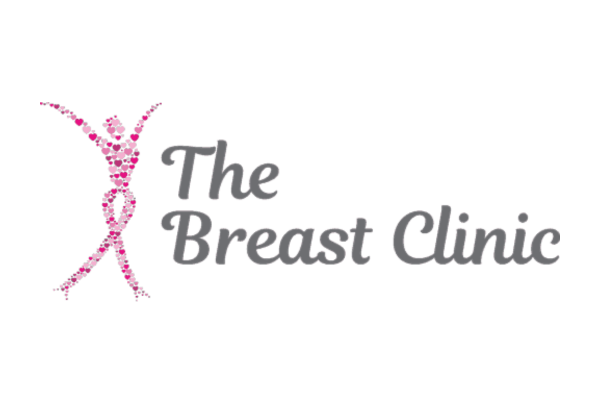Breast cancer is one of the most common types of cancer affecting both women and men, though it primarily affects women. It occurs when cells in the breast grow uncontrollably, forming a lump or mass. Early detection is key to successful treatment.
Symptoms
Lump in the Breast or Underarm: A firm, painless mass or lump that may be felt through the skin.
Changes in the Size or Shape of the Breast: A noticeable difference in the appearance of the breast, such as swelling, shrinkage, or asymmetry.
Nipple Changes: Nipple inversion (turning inward), redness, pain, or discharge other than breast milk, especially if it's bloody.
Skin Changes: Redness, dimpling, or puckering of the skin of the breast, often described as looking like the skin of an orange (peau d'orange).
Pain in the Breast: Although breast cancer is often painless, some people may experience discomfort, especially as the tumor grows.
Swelling or Pain in the Armpit: Swelling of the lymph nodes under the arm or near the collarbone.
Risk Factors
Gender: Women are at a higher risk than men, though men can also develop breast cancer.
Age: The risk increases with age, especially after 50.
Family History and Genetics: A family history of breast cancer, especially in first-degree relatives, can increase the risk. Mutations in the BRCA1 and BRCA2 genes also significantly elevate risk.
Personal History of Breast Cancer or Other Cancers: Women who have had breast cancer in one breast are at higher risk of developing it in the other.
Hormonal Factors: Early menstruation (before age 12), late menopause (after age 55), or prolonged use of hormone replacement therapy (HRT) can increase risk.
Reproductive History: Having no children or having a first child after age 30.
Radiation Exposure: Previous exposure to radiation, particularly during childhood or young adulthood, increases breast cancer risk.
Lifestyle Factors: Smoking, excessive alcohol consumption, and lack of physical activity may increase the risk.
Obesity: Being overweight or obese after menopause increases the risk due to higher levels of estrogen.
Diagnosis
Clinical Breast Exam: A healthcare provider will manually check for lumps or abnormalities in the breasts and underarms.
Mammogram: A routine X-ray of the breast to detect early signs of breast cancer, such as lumps or microcalcifications.
Breast Ultrasound: Used to further investigate abnormal findings on a mammogram or to differentiate between a cyst and solid mass.
Magnetic Resonance Imaging (MRI): MRI scans are used for women at high risk or to get detailed images of the breast tissue.
Biopsy: A sample of tissue from the suspected tumor is taken (via fine needle aspiration, core needle biopsy, or surgical biopsy) and examined under a microscope for cancerous cells.
Genetic Testing: For women with a family history of breast cancer, genetic testing can help identify mutations in the BRCA1 and BRCA2 genes.
Blood Tests and Other Imaging: In some cases, blood tests (such as tumor markers) and imaging (like CT or bone scans) may be used to check for metastasis (spread of cancer).
Treatment Options
Lumpectomy: Removal of the tumor and a small margin of surrounding tissue, preserving the rest of the breast.
Mastectomy: Removal of the entire breast, sometimes including nearby lymph nodes, depending on the cancer's stage and location.
Lymph Node Removal (Axillary Lymph Node Dissection): Involves the removal of nearby lymph nodes to check for cancer spread.
Radiation Therapy: High-energy rays are used to target and kill cancer cells, typically after surgery to eliminate remaining cancer cells.
External Beam Radiation: Most common method, where radiation is directed from outside the body.
Brachytherapy: A form of internal radiation where radioactive material is placed directly into or near the tumor.
Chemotherapy: Drugs are used to kill cancer cells or stop them from growing. Chemotherapy can be administered before surgery to shrink tumors (neoadjuvant therapy) or after surgery to kill any remaining cancer cells (adjuvant therapy).
Side effects often include fatigue, hair loss, nausea, and weakened immunity.
Tamoxifen: Blocks estrogen receptors on breast cancer cells to prevent the growth of estrogen-dependent tumors.
Aromatase Inhibitors: Used to lower estrogen levels in postmenopausal women, preventing cancer cells from receiving estrogen.
Targeted Therapy: Targeted drugs attack specific features of cancer cells, such as proteins or genes that promote cancer growth. For example, HER2-targeted therapies (like trastuzumab) are used for HER2-positive breast cancer.
Immunotherapy: A newer approach that boosts the body's immune system to recognize and attack cancer cells. This may be used in combination with other therapies.





